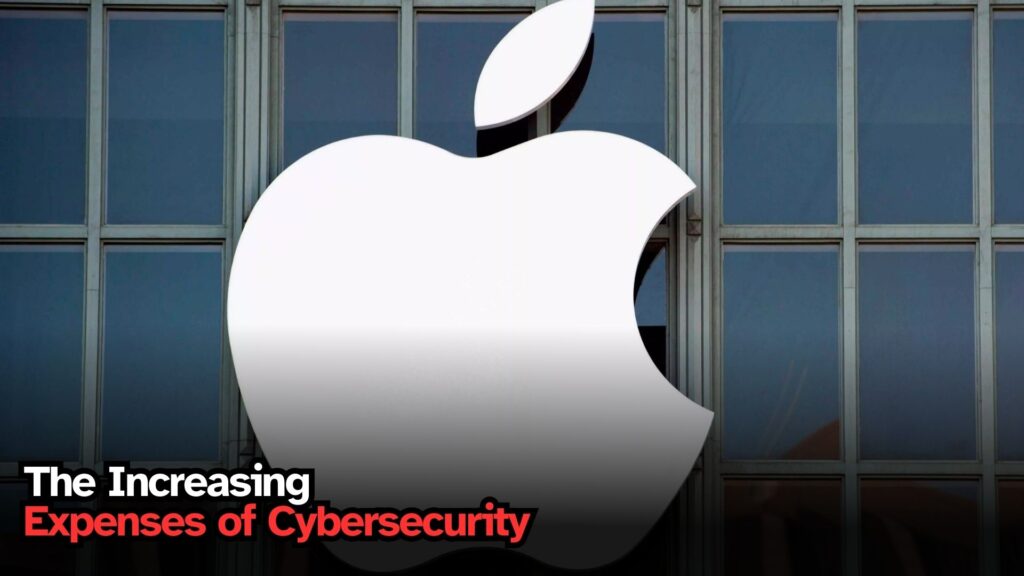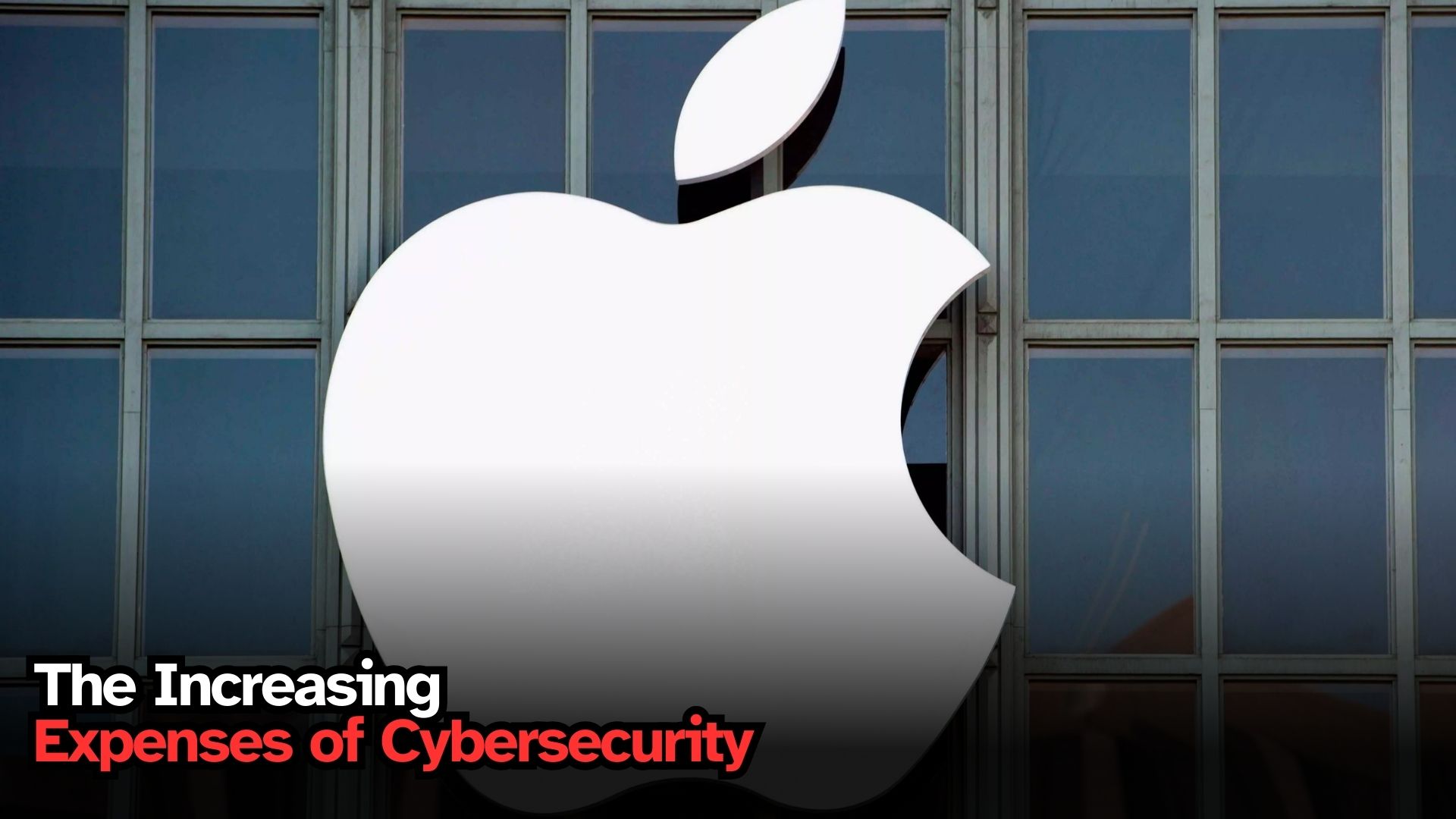In today’s digital economy, cybersecurity has emerged as one of the most pressing financial and operational challenges for technology firms. With cyberattacks growing in sophistication and frequency, companies like Apple face rising expenses in defending against vulnerabilities, particularly zero-day exploits. These issues extend beyond technical concerns, shaping investor confidence, regulatory negotiations, and long-term corporate valuation. For Apple a brand synonymous with innovation, consumer trust, and privacy-first policies the costs and consequences of cybersecurity carry significant weight for both the company and its shareholders.

The Escalating Threat Landscape

The threat environment in 2025 is marked by an unprecedented rise in zero-day vulnerabilities. By mid-2025, an estimated 3,508 zero-day vulnerabilities are expected to be discovered, averaging nearly 585 per month. More than half of the most exploited vulnerabilities in 2023 were classified as zero-days, many remaining active for up to two years due to slow patching cycles.
The financial repercussions of these exploits are severe. IBM’s 2024 research indicated that the average cost of a data breach reached $4.88 million, while global ransomware damages are projected to surge to $265 billion annually by 2031. Such statistics underscore the necessity for organizations to shift from reactive strategies to systemic, proactive investments in cybersecurity infrastructure.
Apple has not been immune to these challenges. In 2025 alone, the company patched seven zero-day vulnerabilities, including the critical CVE-2025-43300 within its Image I/O framework. This flaw was leveraged in highly sophisticated attacks, targeting specific individuals and likely backed by state-sponsored or commercial spyware entities. While Apple acted swiftly deploying emergency updates across iOS, iPadOS, and macOS the cost of such interventions continues to mount.
Summary Table
Key Aspect |
Details |
|---|---|
Company |
Apple Inc. |
Key Challenge |
Rising costs of cybersecurity, particularly zero-day vulnerabilities |
Major Risk |
Slow AI integration and regulatory pressures |
2025 Milestone |
Patched CVE-2025-43300 zero-day exploit across iOS, iPadOS, macOS |
Financial Impact |
Q3 2025 earnings: $94 billion (10% YoY growth) |
Brand Value |
$574.5 billion (boosted by privacy stance) |
Investor Outlook |
Long-term hold; diversification recommended |
Official Website |
Cybersecurity Spending and Valuation Metrics
The global IT industry is experiencing rapid budget increases, with expenditures projected to grow by 8% in 2024, reaching $5.1 trillion. Approximately 80% of CIOs worldwide plan to expand their cybersecurity budgets. For Apple, whose financial disclosures do not explicitly detail cybersecurity spending, it is clear that significant resources are dedicated to zero-day management, threat detection, patch automation, and consumer education.
From a valuation perspective, Apple’s investments in privacy and security offer both advantages and risks. Proactive patching, strong encryption tools like Advanced Data Protection, and resilience against state interference reinforce investor confidence by protecting the company from potential penalties and reputational harm.
On the other hand, rising cybercrime costs expected to hit $10.5 trillion globally by 2025 create volatility. Apple’s 2025 dispute with UK regulators over encryption backdoors illustrates this tension. While Apple’s refusal to compromise user privacy bolstered its brand value to $574.5 billion, it simultaneously created operational friction in key markets, raising questions about long-term strategic risks.
Investor Perceptions and Strategic Risks
Investor sentiment toward Apple is shaped by its dual identity as a privacy guardian and a leading innovator. Apple’s strong stance against government-mandated backdoors has been praised by U.S. officials and privacy advocates, yet the firm faces skepticism in other domains most notably artificial intelligence.
While Apple has expanded AI-related investments, it lags behind Google and Microsoft in deploying AI-driven cybersecurity solutions. The departure of key AI researchers to competitors has deepened these concerns, prompting analysts to warn that delayed AI integration could diminish Apple’s competitiveness in threat detection and automation.
This uncertainty has tangible effects on valuation metrics. For instance, Apple’s Q3 2025 earnings reached $94 billion, marking a 10% year-over-year growth, but market reactions were lukewarm. Analysts attribute part of this subdued response to investor concerns over Apple’s slower adoption of AI-driven technologies in cybersecurity.
Investment Implications
For shareholders, evaluating Apple requires balancing its strengths against its vulnerabilities:
-
AI and Automation: Apple’s future competitiveness hinges on accelerating its integration of AI into cybersecurity, including predictive analytics, threat detection, and automated patch deployment. Strategic acquisitions and partnerships could provide the needed momentum.
-
Regulatory Dynamics: Ongoing tensions such as U.S.-China trade policies or European AI and privacy regulations may impose costly compliance requirements, impacting operational efficiency.
-
Zero-Day Economics: As zero-day exploits grow more expensive and dangerous, Apple’s commitment to preemptive defenses such as virtual patches and Web Application and API Protection (WAAP) solutions will be critical to safeguarding both profitability and brand reputation.
Frequently Asked Questions (FAQs)
Q1: Why are cybersecurity costs rising for Apple and other tech firms?
A. Cybersecurity costs are increasing due to the growing number of zero-day vulnerabilities, sophisticated state-sponsored attacks, and rising global ransomware damages projected to reach $265 billion annually by 2031.
Q2: How does Apple handle zero-day vulnerabilities?
A. Apple deploys emergency security updates across its ecosystem, often patching vulnerabilities within days. In 2025, it addressed seven zero-days, including CVE-2025-43300.
Q3: What role does AI play in Apple’s cybersecurity strategy?
A. While Apple invests in AI, it trails competitors in deploying AI-driven cybersecurity tools. Future success depends on accelerating AI integration through internal development or strategic acquisitions.
Q4: How do cybersecurity challenges affect Apple’s investors?
A. Cybersecurity challenges increase costs and regulatory risks, potentially narrowing profit margins. However, Apple’s strong privacy reputation and quick responses reinforce long-term investor confidence.
Q5: Should investors consider Apple a safe bet despite cybersecurity costs?
A. Yes, Apple is considered a long-term hold due to its brand strength and proactive defenses, but investors should diversify to hedge against AI deficiencies and regulatory uncertainties.
Conclusion
Cybersecurity costs have transcended the realm of IT to become a central concern for financial strategy, brand equity, and long-term valuation. Apple’s rapid responses to zero-day vulnerabilities highlight its operational agility, yet the rising costs of defense and geopolitical challenges underscore the complexity of the landscape.
For investors, Apple remains a long-term hold, strengthened by its privacy-first ethos and resilient brand loyalty. However, diversification is essential to mitigate risks arising from AI deficiencies and regulatory shifts. Monitoring Apple’s quarterly cybersecurity expenditures and AI research commitments will provide vital insight into its adaptability in a rapidly evolving digital environment
For More Information Click HERE






